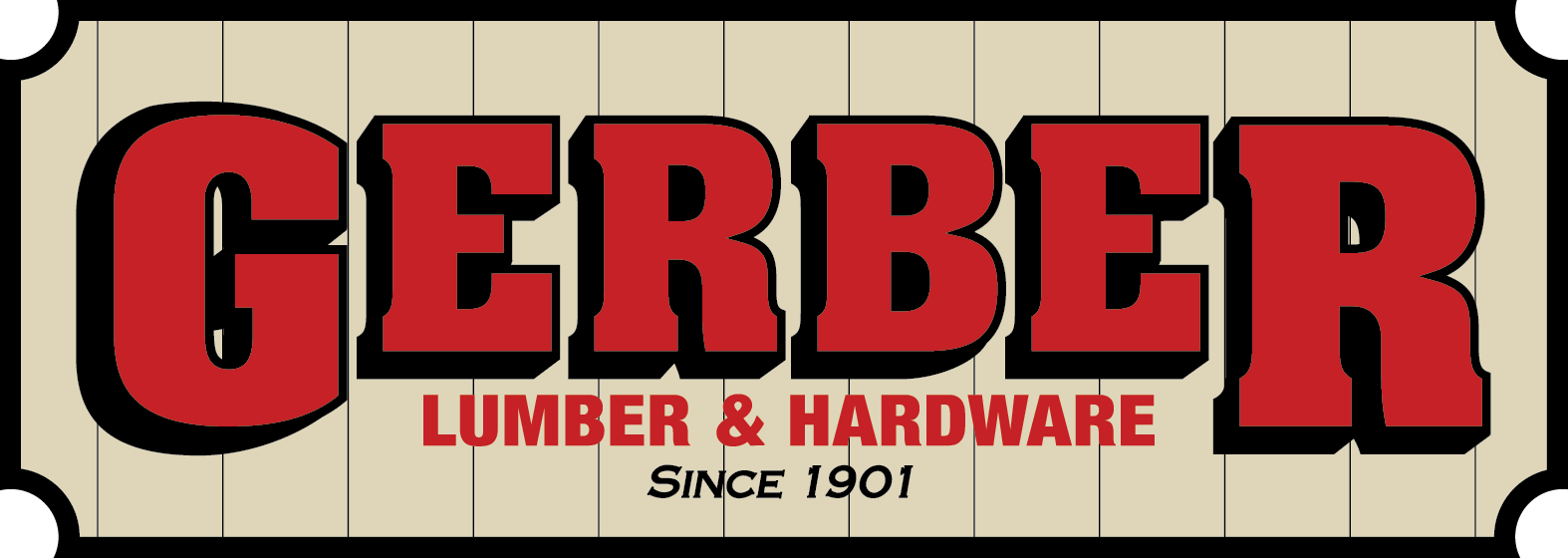When it comes to construction work, few things are more important than getting the right grade and type of lumber for the job. The right type of lumber can make all the difference in getting a final result that looks and performs as expected. Here’s what you need to know.
Lumber Grades Explained
Lumber is graded based on its strength, appearance, and defects. The highest grade of lumber is Select Structural Lumber, which offers the best in terms of strength and durability. Only firm, tight, and well-spaced knots are permitted. Next comes No.1 and BTR lumber, and then No. 2 lumber, which is often used for framing. Knots of any quality are allowed in No. 2 lumber, but with spacing and size limitations. No. 3 lumber, Standard Grade lumber, and Utility Grade lumber all allow an increasing number of defects, and as a result are usually only used for light framing.
Hardwood vs. Softwood
It’s also important to understand the differences between hardwoods and softwoods. Hardwoods are typically more dense, giving them a longer lifespan. This also makes them more expensive. Examples of hardwood include maple, oak, walnut, and beech. Hardwood is often used for flooring and high-quality furniture.
Softwood trees include pine, redwood, fir, and cedar. They are less dense and have a faster growth rate, which makes them less expensive than hardwoods. Softwood is typically used for building components like windows and doors, medium-density fiberboard, and furniture.
Specialty Woods
At Gerber Lumber, we offer a variety of wood types that are ideally suited for construction and design, including Douglas Fir, Southern Yellow Pine, and Spruce Pine. These wood products are available in a wide range of grades and sizes to meet your project needs.
Tips for Storage and Maintenance
If you purchase lumber but need to store it for a while before use, proper care is essential to keep it in good shape. Store lumber flat to prevent warping. Use pallets or racks to keep lumber off the ground to ensure protection from ground moisture and pests. Ideally, lumber should be kept in an indoor location that doesn’t experience excess sunlight or moisture.
With a solid understanding of which type of lumber will be best for your project, you can get truly amazing results. The team at Gerber Lumber is always ready to help you make the best lumber choice for your project, with high-quality materials and friendly service to guide the way.
